|
This great game for kinesthetic learners can be played as a whole class or in a small group. Small Group
The set up: 1. Vocabulary words are written on the board. (Again, you can use pretty much any content.) 2. Obstacles are cleared. (Furniture, cords, etc.) 3. Tape is put on the floor for the three teams to line up behind. Other Considerations: Conduct a practice round; tell students they must wait for you to finish reading the clue before they leave the line. Also, once they leave the line they cannot receive help from their group. The first person to hit the correct answer with their fly swatter wins the point for their team. Again, if they hit the wrong answer first, I do not give them the point. They then return to the line and give the flyswatter to the next person. Stand back and watch the fun! I like to have my clues written out for this fast-paced game. Download the sample to see the types of questions I ask.
0 Comments
This is a FREE download from TeachersPayTeachers! I'm always looking for "Getting to Know" you activities that I can use during the first days of school, or after a break. The students loved this: they could do it independently, and it created a beautiful puzzle! We did it after our Winter Break, so I had students put their name, three things that make them happy (they were allowed to use images/symbols, and their New Year's resolution for 2018. After they completed their piece of the puzzle I had them present it to the class- I gave students tickets (my classroom reward system) if they asked a question to the person presenting*. After each student finished they hung up their piece of the puzzle to create a whole.
*I was amazed to see how challenging it was for students to ask and answer eachother's questions. I know it's challenging for my students with academic content because we use reciprocal teaching in our class, but I didn't know that it would be challenging for them when it was about their own lives. At the end of this semester, instead of just letting students take a pile of graded papers home, we created portfolios of their work. They had to select, categorize, and reflect on their work from the entire semester. At the end of this project, the pride in room 101 was palpable. Following are some suggestions/points for implementation of the portfolio project:
I found “What’s My Word?” on one of my favorite teaching sites: Pinterest :) I thought it looked like a lot of fun, so I looked for a version that was more suitable for secondary students, but I was unable to find one, so I did what teachers do and created my own. This is the first version that I came up with:
After trying this with my middle school students (who are struggling readers). I realized the first version was a little too challenging for them. Accordingly, this is the second version that I came up with which provides more scaffolding:
Prepping Students for PlayIn order to prep the students for play we practiced several times in small groups (we do small group instruction in my class regularly). We would select a word for one person and then we would practice giving clues, which is the hardest part. Students seemed to have the most difficulty coming up with a sentence that uses the word without giving away the word. During this practice period we discussed what made a good clue, and how we could make our clues better. I also used this time to revise the activity and provide additional scaffolding. All of this was to get the students ready to play with the whole class. I would like to mention that the students enjoyed this so much and became so adept at doing it in small groups that they requested to do it during their independent work station. Classroom Implementation 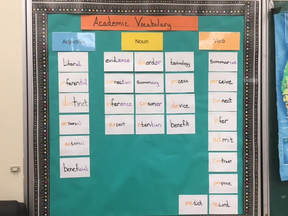 Before we began, I reviewed the words, the rules, and we talked about what it would look like to be a “Top Player.” We decided it wasn’t someone who “finished first,” it was someone who “went in order, did the work themselves, filled out the entire sheet, and guessed their word.” We put the stickers on our backs and began playing! It was a blast: Happy Thanksgiving!
When I first learned about the app AutoRap I thought it would be a great classroom tool for getting students to read repeatedly. Whether I wanted them to practice sight words, academic language, or fluency passages- I knew this would be a way to get them to read again and again. AutoRap changes anything you say into a rap and sets it to music! They have songs for free, which I use regularly, but the rap we created, One Messy Food Fight, was not a free song. This lesson was a success in my middle school class, and it encompassed so many aspects of reading. I'll take you through the steps below:
 This is an engaging game that really challenges students' auditory processing skills. It goes by many names, but when I was introduced to this game in a Teaching English as a Second Language Class, the teacher called it Fruit Cocktail. It is a similar concept to musical chairs. What You Need: 1. Chairs in a circle, with one less chair than there are players; one person stands in the middle. Example: 15 players, 14 chairs in a circle, 1 player standing in the middle. 2. Word list with affixes or root words that you have studied in class for player in the middle to call from. Example Class 1: This class had learned the affixes shown in red (see list below) Example Class 2: This class had learned the root words in red (see list below). Example Class 1 Example Class 2 3. One note card for each player with target affixes and/or root words; to make the game successful you want approximately 3-5 players to have the same target affix and/or root word on their card, so approximately 3-5 people have “per-”and 3-5 people have “-ive” Example Class 1: These note cards (1 for each player, but only 3 shown here) would correspond with the above Example Class 1 word list. Example Class 2: These note cards (1 for each player, but only 3 shown here) would correspond with the above Example Class 2 word list. Playing the Game with Accommodations for Struggling Readers
1. Start off by putting the word list on the document camera, and reading it through chorally with your class. Point out the target affixes and/or root words to build confidence and show them that they already know a significant portion of the word because they have studied these word parts. 2. Explain that when they are in the middle they must read one word—ask them to please challenge themselves, but of course if they are not sure of a word, they can choose a word from the list that they know with certainty. They also have the option of asking a teacher to help them read a word from the list. This is also a chance to encourage students to have you repeat any words that they are unsure of. 3. Hand out the notecards to the entire class. One per student with target affixes and/or root words written down. Tell students not to show the note cards to each other; they have one minute to read the words on their note cards. You can tell them to put the note card face down when they are sure they know the words; teachers may want to help students who leave the note cards face up for 30 seconds or more. 4. Teacher starts in the middle for the practice round. Explain that you are going to read a word from the list. If a student’s target affix and/or root word is in the word they must get up and move to a different chair. They MAY NOT move to the chair that is directly beside them. The person in the middle tries to get a chair, and the one left standing is in the middle and reads the next word from the list. Example Class 1: Person in the middle reads attractive; all the players with -ive on their card must get up and switch chairs, and the person in the middle tries to sit down. Example Class 2: Person in the middle reads benefit; all the players with bene- on their card must get up and switch chairs, and the person in the middle tries to sit down. 5. Set a time limit for 10 minutes, and if you want you may offer a prize to the students who never end up in the middle. Stories from the Classroom 1. This game really does challenge students’ auditory processing skills. We do this game only after they are able to decode a word part with automaticity: students can recognize –ive and bene- all day long when I show them a flash card, or a word and ask them what the suffix or root word is. Thus, they are able to decode (read) these word parts. With this game we are really asking them to take the first step in encoding (spelling), which is hearing a word, or saying a word to yourself, and then identifying the parts that make up the word without seeing them. 2. I played this game with my students when I was 7 months pregnant. It can be a slightly physical game, and at one point, one of my more concerned students screamed, “Stay away from Ms. Young’s belly!” I hope you enjoy playing Fruit Cocktail in your classroom! This is an excellent vocabulary or content review game. It takes about ten minutes. I like it because it gets students up out of their seats and moving around! 1. Students are given one flash card each with the word on front and the definition on back (I use student created cards): 2. Next, I provide a word bank for students of the words they are looking for. They are instructed to cross the words off of the list when they correctly define a word: 3. Finally, I model Quiz/Quiz Trade with another student for the class—the directions are in the name:
Additional notes after doing this multiple times in class:
After I transcribe and asssess using the rubric, I conference with students individually (pulling them aside during their warm-up or other independent tasks over several days). We look at their conversation, the rubric, and set goals for future reciprocal teaching groups. The students really enjoy seeing/reading the transcription, and now they know that I do listen to the recordings.
I do not listen and transcribre every single time, but I have them record themselves every time, and they never know when I will be asessing them. This adds another level of accountability, and although the first transcriptions were very impressive, I have seen them pushing themselves even harder to get to another level. Finally, yes, it was extra work to transcribe, but I was so proud of my students. It was very fulfilling and motivating for me to see them thinking and working as a group! Below, is a short excerpt from a longer group transcription, but I was so pleased to see these 9th graders communicating without teacher supervision, and really thinking about the piece of literature they had just finished reading: I work with many high school students who are struggling readers. For them, school may not have always been a positive experience, so figuring out what motivates them is particularly important. Usually, I find that in my reading intervention classes they are motivated by the fact that we are working with their grade level textbooks-- they are no longer being exposed solely to the CVC (consonant vowel consonant) words that they have been struggling to master for years, but they are expected to break down multi-syllabic words that they will encounter throughout high school, college, and their careers. In addition to this component, I have found it helpful to use Rick Lavoie's resources on motivation. Please watch the video below: We have probably all had students, like the one Lavoie mentions in the video, and I can sympathize with the teacher because when you have 50-150 students sometimes it's difficult to see patterns such as the one described. To find out what motivates my students early on I give this motivation survey at the beginning of the year:
I give this survey as a whole class activity, so that I can read it to students, and explain some of the terminology. Lavoie has identified 8 motivational forces, and after students take the quiz you can help them identify what their motivational force(s) are. It also describes each one:
1. The Need to Interact with Others 2. The Need for Independence 3. The Need to be Important 4. The Need to Know 5. The Need to Assert 6. The Need to Control 7. The Need for Acknowledgement 8. The Need to Associate and Belong This has been very helpful, and it has changed the way I view student motivation (and even my own)! Enjoy! This month I decided to post a video talking a little bit about how the classroom jobs are going. Check out my video and updated job list below. Also, if you want any of the materials that I mention please go back to September's Blog! |
Archives
November 2023
AuthorMs. Young is a teacher who wants to keep a record of what works! Categories |
||||||||||||||||||||||||||||||||||||||||||||||||||||||||||||||||||||||||||||||||||||||||||||||||||||
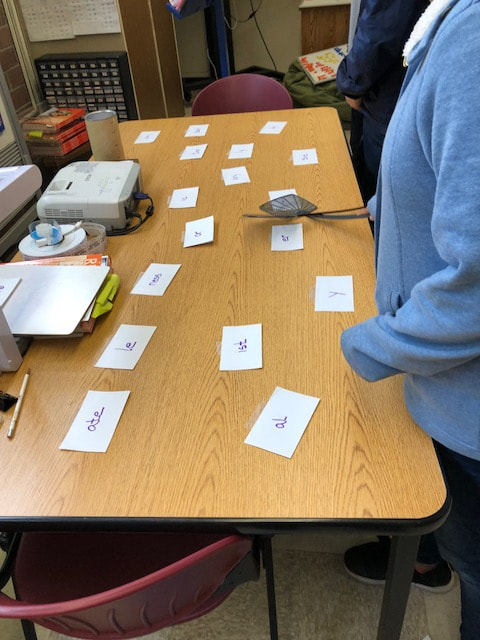
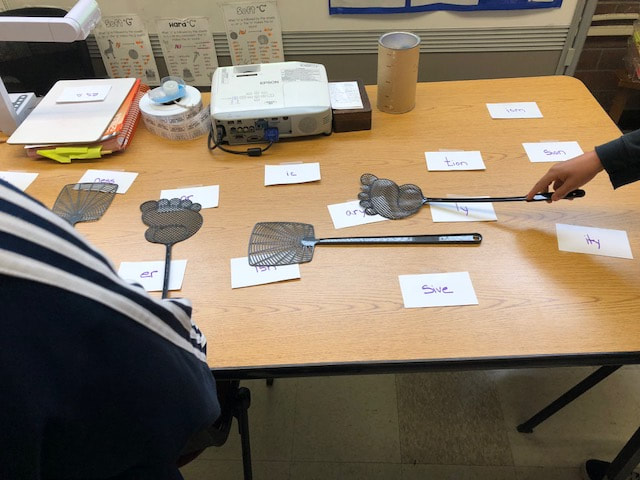
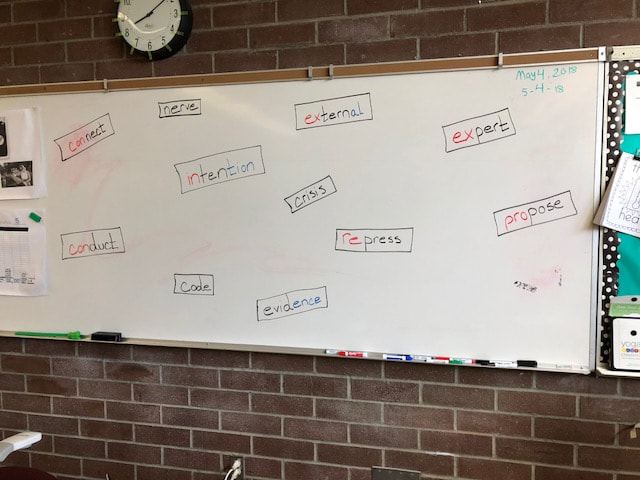
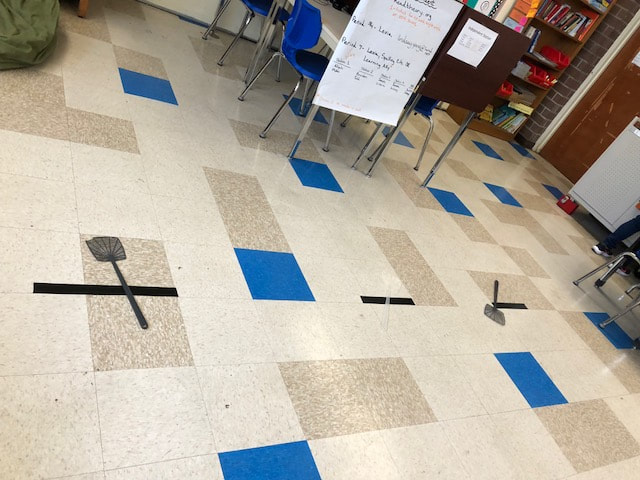

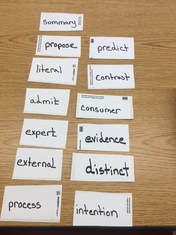

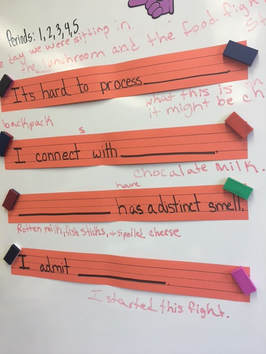
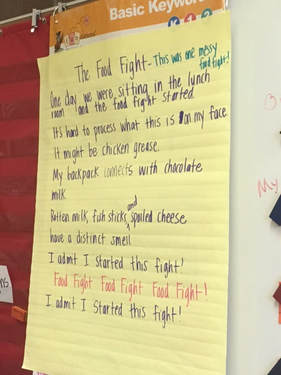
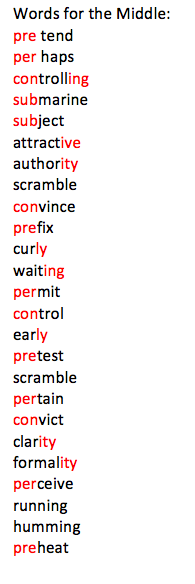





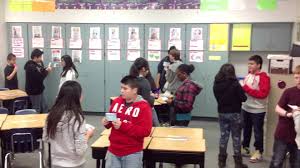
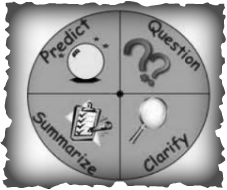
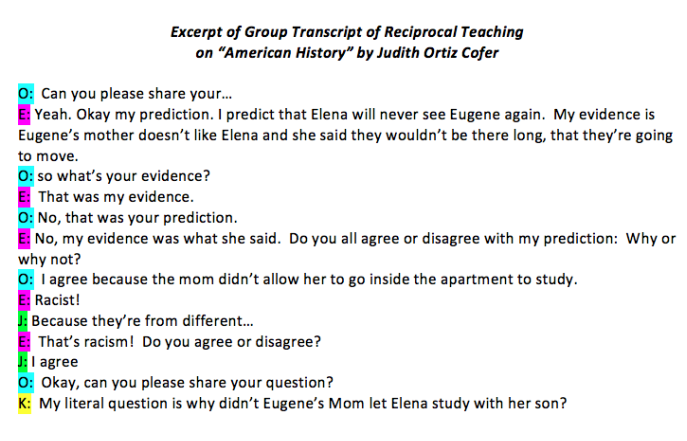
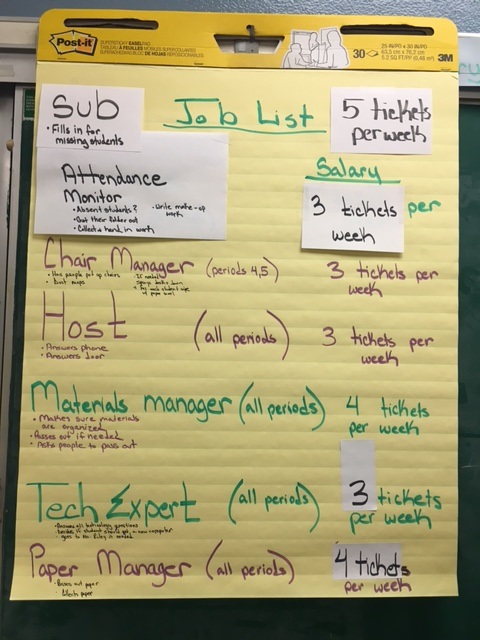
 RSS Feed
RSS Feed